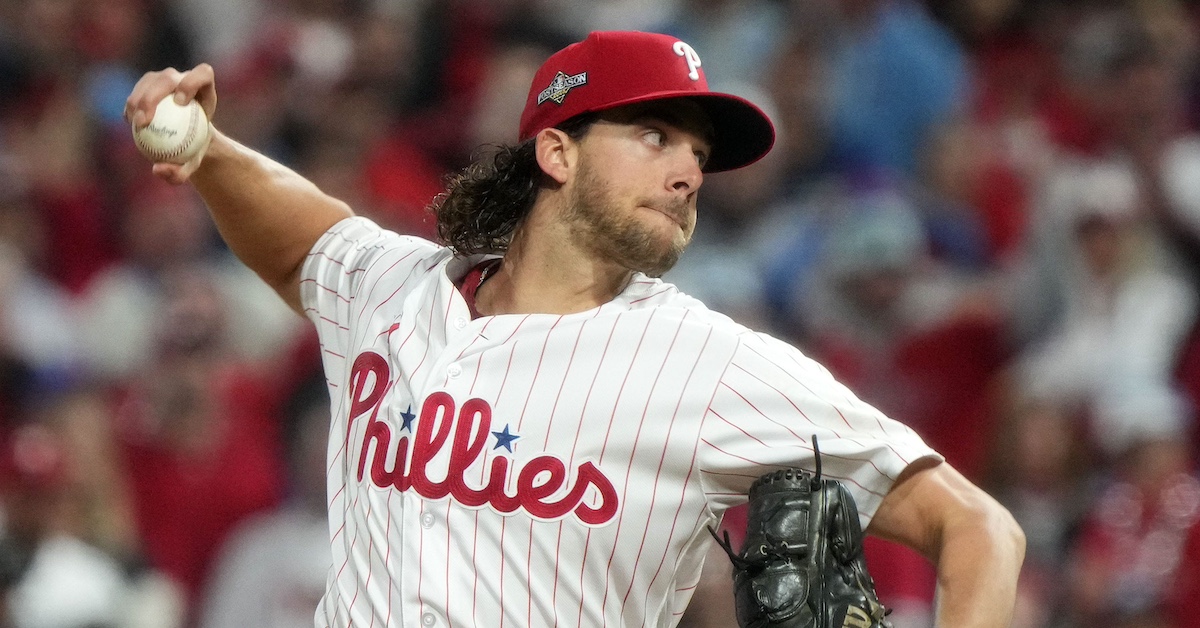Direct Links (Please see full job postings below):
Quantitative Analyst Associate
Software Engineer Associate
Quantitative Analyst Associate (Spring/Summer 2024)
Department: Baseball Research & Development
Reports to: Assistant Director, Baseball Research & Development
Status: Hourly Part-Time Seasonal
Position Overview:
As a Quantitative Analyst (QA) Associate, you help shape The Phillies Baseball Operations strategies by processing, analyzing, and interpreting large and complex data. You do more than just crunch the numbers; you carefully plan the design of your own studies by asking and answering the right questions, while also working collaboratively with other analysts and software engineers on larger projects.
Using analytical rigor, you work with your team as you mine through data and see opportunities for The Phillies to improve. After communicating the results of your studies and experiments to Baseball Operations leadership and executive staff, you collaborate with front office executives, scouts, coaches, and trainers to incorporate your findings into Phillies practices. Identifying the challenge is only half the job; you also work to figure out and implement the solution.
Responsibilities:
- Conduct statistical research projects and manage the integration of their outputs into our proprietary tools and applications (e.g., performance projections, player valuations, draft assessments, injury analyses, etc.)
- Communicate with front office executives, scouts, coaches, and medical staff to design and interpret statistical studies
- Assist the rest of the QA team with their projects by providing guidance and feedback on your areas of expertise within baseball, statistics, data visualization, and programming
- Continually enhance your knowledge of baseball and data science through reading, research, and discussion with your teammates and the rest of the front office
- Provide input in architecting the storage of baseball data
Required Qualifications:
- Deep understanding of statistics, including supervised and unsupervised learning, regularization, model assessment and selection, model inference and averaging, ensemble methods, etc.
- Meaningful work experience with statistical software (R, S-Plus, SAS, or similar), databases, and scripting languages such as Python
- Proven willingness to both teach others and learn new techniques
- Willingness to work as part of a team on complex projects
- Proven leadership and self-direction
Preferred Qualifications:
- Possess or are pursuing a BS, MS or PhD in Statistics or related (e.g., mathematics, physics, or ops research) or equivalent practical experience
- 0-5+ years of relevant work experience
- Experience drawing conclusions from data, communicating those conclusions to decision makers, and recommending actions
Please note: A cover letter is required for all applications. It should not exceed one page and must include a brief overview of why you are interested in this role and what makes you a good fit. It would be helpful to reference any applicable work you have done in school, through work experience, or any other side projects related to baseball or sports analytics.
To Apply:
To apply, please follow this link.
Software Engineer Associate (Spring/Summer 2024)
Department: Baseball Research & Development
Reports to: Director, Baseball Research & Development
Status: Hourly Part-Time Seasonal
Position Overview:
The work of a Software Engineer (SWE) Associate at The Phillies extends well beyond merely coding. As a SWE you contribute fresh ideas in a variety of areas, including information retrieval, networking and data storage, security, machine learning, natural language processing, UI design and mobile to shape the evolution of The Phillies baseball analytics systems.
Our ideal engineers will have a versatile skill set, be enthusiastic to handle new challenges and demonstrate leadership qualities. You will work closely with end-users across Scouting, Player Development and the Major League Coaching Staff while building software tools from the ground up. By identifying appropriate design specifications through collaboration with those end-users, you will build applications that conform to user needs.
Specific areas of focus may include, but are not limited to, the draft, free-agency, player valuation, player development, in-game strategy, and injury prevention. As a SWE you will have the opportunity to use your technical expertise to create software solutions that impact decision-making at The Phillies.
Responsibilities:
- Improve existing platforms and design new proprietary applications to be used directly by the GM and executive staff
- Collaborate with front office executives, scouts, coaches, and medical staff regarding the design and technical specifications of software solutions for Baseball Operations
- Work together with Baseball R&D department to help optimize the Phillies baseball analytics systems, including crafting solutions to efficiently and effectively synthesize, organize and present data from multiple third-party sources
- Help to augment the technical knowledge of the entire Baseball Operations department by providing training, mentorship and support on the use of all applications and tools built by the team
Required Qualifications:
- Possess or are pursuing a BS degree in Computer Science, similar technical field of study or equivalent practical experience
- Software development experience in one or more general purpose programming languages (including but not limited to: Java, C/C++, C#, Go, Objective C, Python or JavaScript)
- Interest and ability to learn new technologies as needed
- Experience working with two or more from the following: web application development, Unix/Linux environments, mobile application development, design thinking, machine learning, natural language processing, and data architecture
- Proven willingness to both teach others and learn new techniques
- Proven leadership and self-direction
Interested applicants should submit both their resume, cover letter, and an answer to the following question:
What is your favorite programming language to use and why do you like it? (250 word limit).
Tip: There’s no defined right or wrong answer. Responses are used to get some insight into your thoughts on what is important in software engineering.
Please submit your resume and question response no later than Sunday September 18, 2023. Applications without a question response will not be considered.
To Apply:
To apply, please follow this link.
The content in this posting was created and provided solely by the Philadelphia Phillies.








